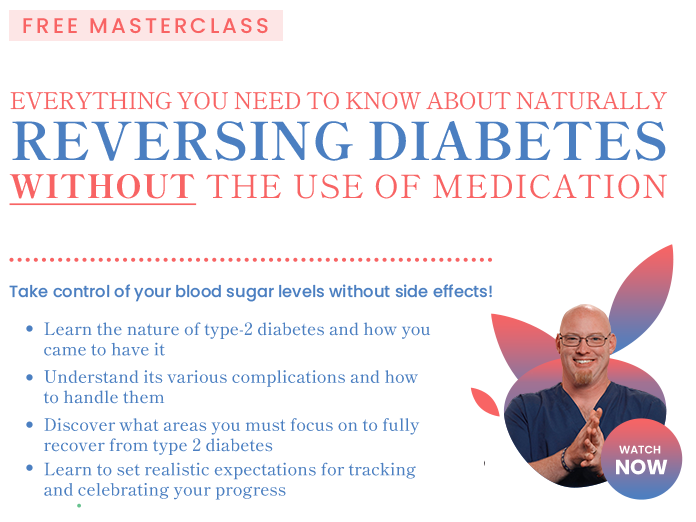
Exercise is beneficial for most people. It comes with a plethora of benefits, such as boosting your metabolism, toning your muscles, strengthening your bones, reducing your excess weight, helping you de-stress, and much more. However, diabetes patients must consider several issues when exercising. Even though it will seem more "troublesome" to exercise if you have diabetes, you should still engage in regular exercise and monitor your glucose levels closely.
Exercising when you have diabetes is important, but there are some things that you should look out for. We will start by discussing why you should monitor your glucose levels when exercising. Then, we will talk about hypoglycemia and hyperglycemia. Finally, we look at the importance of finding a workout that works for you and your body.

1
Monitoring Your Glucose Levels
Exercise has a direct impact on your blood glucose levels. It will be helpful to use a continuous glucose monitor to track your glucose levels. This can ensure that your levels don't get out of whack.
You should be tracking the type of exercise you do and the intensity and duration of your training. All these different factors play a role in how your glucose levels react. It may be troublesome to keep track of all these things, but it will be helpful in the long run.

2
Ingesting Carbs To Prevent Hypoglycemia
One risk of exercising is hypoglycemia. This is a state where there is a very low amount of glucose in your blood. When a diabetes patient exercises, the body becomes more sensitive to insulin. The muscles in the body will use up the glycogen stores in the muscles, and when that's used up, the liver will release glucose, too.
If most of the glucose is used up and if your body doesn't replenish the glycogen stores, it could trigger hypoglycemia. So it's best to have some carbohydrates before you exercise. Depending on the intensity and duration of your exercise, you may need to ingest carbs before your workout and even have a sports drink during your workout to ensure that your glucose levels are stable.

3
Preventing The Risk Of Hyperglycemia
On the flip side, you could also get hyperglycemia. This is a situation where the level of blood glucose in your body is very high. Often, this happens after a very intense workout session.
Sprints, CrossFit, interval training, etc., cause increases in your adrenaline due to the added stress. Your glucose level will rise, and this is best addressed by using an insulin pump or a syringe to deliver a small bolus to cope with the glucose. The key to keeping things stable is to constantly monitor your basal rate and glucose levels.

4
Finding A Workout That Works For You
It may seem like a hassle initially, but after a few workout sessions, you'll have a pretty good idea of how your body responds to the different workouts. If you exercise regularly, your body will probably get used to the style of training, and the glucose levels will stabilize and be less likely to fluctuate. Your body is a highly adaptive organism.
It's best to approach exercise in a slow and controlled manner so that your health is not at risk. Diabetes patients face more challenges when it comes to exercise than non-patients, so going all out and training hard may not be a wise move in the beginning. It's best to ease into a training regimen gradually. Another point to note is that you should drink lots of water. It'll keep you hydrated and prevent ketones from occurring.

Make exercise a part of your lifestyle, and try not to go more than two days back to back without exercising. The more activity you do, the more your body will adapt, and you may find that inactivity may cause hypoglycemia. So stay active on a regular basis.
Exercising when you have diabetes is important, but there are some things that you should look out for. We started by discussing why you should monitor your glucose levels when exercising. Then, we talked about hypoglycemia and hyperglycemia. Finally, we looked at the importance of finding a workout that works for you and your body.
















